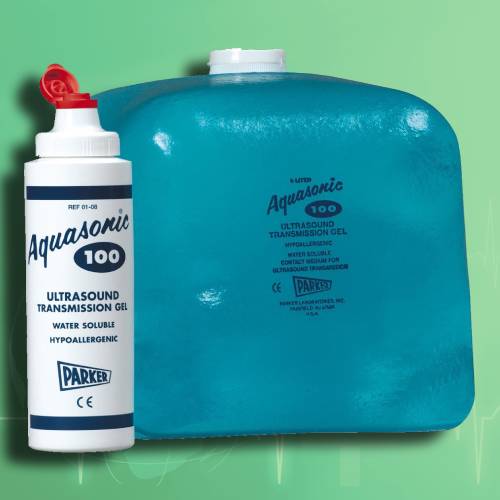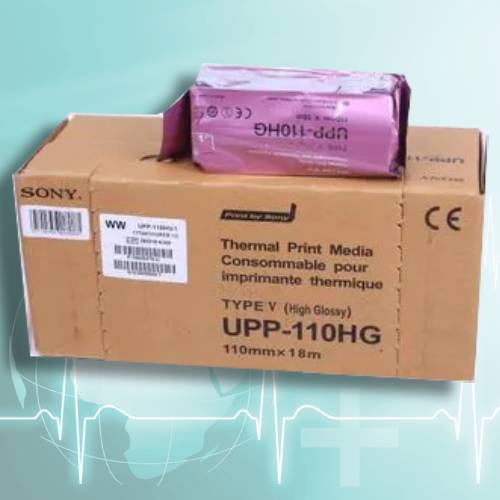- Categories
Aciclovir Tablets are indicated for the treatment of herpes simplex virus infections of the skin and mucous membranes including initial and recurrent genital herpes (excluding neonatal HSV and severe HSV infections in immunocompromised children).
Aciclovir Tablets are indicated for the suppression (prevention of recurrences) of recurrent herpes simplex infections in immunocompetent patients. The tablets are indicated for the prophylaxis of herpes simplex infections in immunocompromised patients.
Pharmacodynamic properties
Pharmacotherapeutic group: Direct acting antivirals, Nucleosides and nucleotides excl. reverse transcriptase inhibitors.
ATC code: J05AB01
Aciclovir is a synthetic purine nucleoside analogue with in vitro and in vivo inhibitory activity against human herpes viruses, including herpes simplex virus (HSV) types I and II and varicella zoster virus (VZV).
The inhibitory activity of aciclovir for HSV I, HSV II and VZV is highly selective. The enzyme thymidine kinase (TK) of normal, uninfected cells does not use aciclovir effectively as a substrate, hence toxicity of mammalian host cells is low; however, TK encoded by HSV and VZV converts aciclovir to aciclovir monophosphate, a nucleoside analogue which is further converted to the diphosphate and finally to the triphosphate by cellular enzymes. Aciclovir triphosphate interferes with the viral DNA polymerase and inhibits viral DNA replication with resultant chain termination following its incorporation into the viral DNA.
Prolonged or repeated courses of aciclovir in severely immuno-compromised individuals may result in the selection of virus strains with reduced sensitivity, which may not respond to continued aciclovir treatment. Most of the clinical isolates with reduced sensitivity have been relatively deficient in viral TK, however, strains with altered viral TK or viral DNA polymerase have also been reported. In vitro exposure of HSV isolates to aciclovir can also lead to the emergence of less sensitive strains. The relationship between the in vitro-determined sensitivity of HSV isolates and clinical response to Aciclovir therapy is not clear.
Pharmacokinetic properties
Aciclovir is only partially absorbed from the gut. Mean steady state peak plasma concentrations (Cssmax) following doses of 200 mg administered four-hourly were 3.1 microMol (0.7 micrograms/ml) and equivalent trough plasma levels (Cssmin) were 1.8 microMol (0.4 micrograms/ml). Corresponding Cssmax levels following doses of 400 mg and 800 mg administered four-hourly were 5.3 microMol (1.2 micrograms/ml) and 8 microMol (1.8 micrograms/ml) respectively and equivalent Cssmin levels were 2.7 microMol (0.6 micrograms/ml) and 4 microMol (0.9 micrograms/ml).
In adults the terminal plasma half-life of aciclovir after administration of intravenous aciclovir is about 2.9 hours. Most of the drug is excreted unchanged by the kidney. Renal clearance of aciclovir is substantially greater than creatinine clearance, indicating that tubular secretion, in addition to glomerular filtration contributes to the renal elimination of the drug. 9-carboxymethoxymethylguanine is the only significant metabolite of aciclovir, and accounts for approximately 10 - 15% of the administered dose recovered from the urine. When aciclovir is given one hour after 1 gram of probenecid the terminal half-life and the area under the plasma concentration time curve is extended by 18% and 40% respectively.
In adults, mean steady state peak plasma concentrations (Cssmax) following a one hour infusion of 2.5 mg/kg, 5 mg/kg and 10 mg/kg were 22.7 microMol (5.1 micrograms/ml), 43.6 microMol (9.8 micrograms/ml) and 92 microMol (20.7 micrograms/ml), respectively. The corresponding trough levels (Cssmin) 7 hours later were 2.2 microMol (0.5 micrograms/ml), 3.1 microMol (0.7 micrograms/ml), and 10.2 microMol (2.3 micrograms/ml), respectively.
In children over 1 year of age similar mean peak (Cssmax) and trough (Cssmin) levels were observed when a dose of 250 mg/m2 was substituted for 5 mg/kg and a dose of 500 mg/m2 was substituted for 10 mg/kg. In neonates and young infants (0 to 3 months of age) treated with doses of 10 mg/kg administered by infusion over a one-hour period every 8 hours the Cssmax was found to be 61.2 microMol (13.8 micrograms/ml) and Cssmin to be 10.1 microMol (2.3 micrograms/ml). The terminal plasma half-life in these patients was 3.8 hours. A separate group of neonates treated with 15 mg/kg every 8 hours showed approximate dose proportional increases, with a Cmax of 83.5 micromolar (18.8 microgram/ml) and Cmin of 14.1 micromolar (3.2 microgram/ml).
In the elderly, total body clearance falls with increasing age associated with decreases in creatinine clearance although there is little change in the terminal plasma half-life.
In patients with chronic renal failure the mean terminal half-life was found to be 19.5 hours. The mean aciclovir half-life during haemodialysis was 5.7 hours. Plasma aciclovir levels dropped approximately 60% during dialysis.
Cerebrospinal fluid levels are approximately 50% of corresponding plasma levels. Plasma protein binding is relatively low (9 to 33%) and drug interactions involving binding site displacement are not anticipated.
 Safe Payment
Safe Payment
 7 Days Return Policy
7 Days Return Policy
 100% Authentic Products
100% Authentic Products




